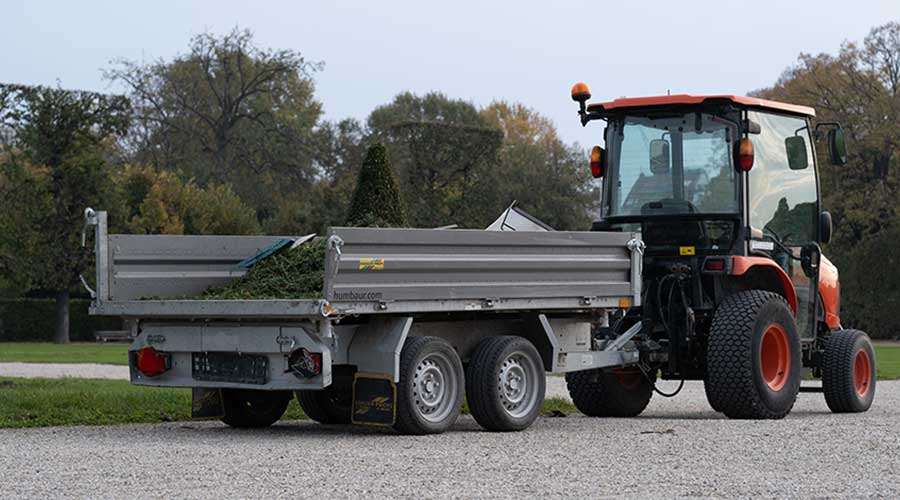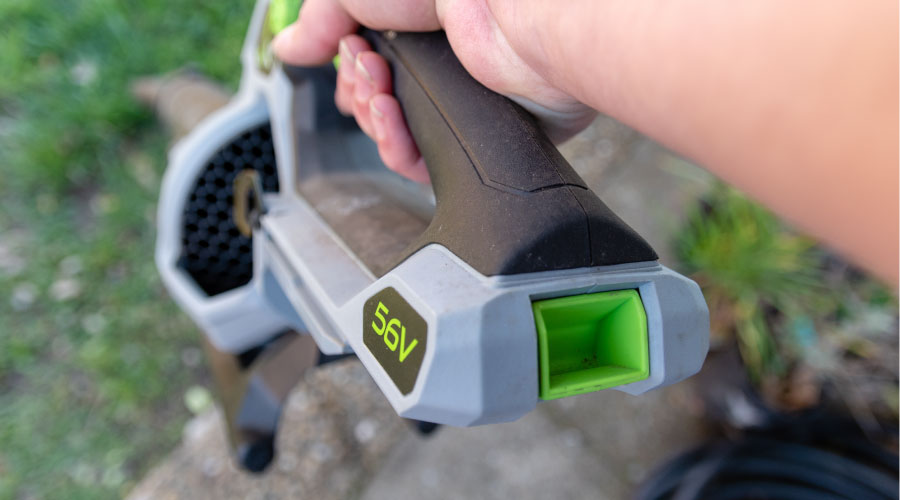Protecting Parking Structures
Inspection and maintenance, combined with an effective waterproofing system, fend off the effects of weather and wear
By James P. Donnelly, P.E., S.E.
All buildings require regular maintenance, but parking garages are in particular need of regular attention because they are subject to harsher conditions than most structures. Parking garages are exposed to vehicular traffic, as well as to moisture and temperature changes from the weather, unless they are enclosed.
Parking garages in northern climates also are exposed to deicing salts, which can penetrate into concrete and corrode embedded metal reinforcing. Exposed parking garages in coastal environments can suffer in a similar manner from airborne salt spray.
For these reasons, maintenance and engineering managers should develop and regularly revisit inspection and maintenance programs to protect and prolong the life of parking structures.
Common Problems
Much of the structural deterioration a typical parking garage faces is due to corrosion of reinforcing and other embedded metals. This corrosion results from long-term exposure of the concrete to moisture and chlorides from deicing salts or airborne salt spray. When water and chlorides penetrate into the concrete in sufficient concentrations, embedded steel or other metal begins to corrode.
Since corrosion byproducts are much larger than the original volume of the steel, they cause expansive forces, which can result in internal cracking of the concrete, a condition that is associated with the delamination, or loosening of the surface concrete from the concrete below. Eventually, concrete can loosen to the point where surface concrete falls off, or it can create a pothole on the surface.
Another significant problem with parking structures is cracking of the concrete. In some instances, cracking in parking structures is related to applied loads, but the restraint of structural movement is probably the biggest cause of cracks in parking structures.
Because parking structures tend to be longer than typical structures, structural movement due to thermal changes or long-term shrinkage of the concrete can result in significant internal forces in the structure if such movement is restrained. If forces are large enough, cracking will result. A side effect of cracking is that it can allow a direct path for moisture and chlorides to enter the concrete floor slabs, resulting in the premature initiation of the corrosion of the embedded reinforcing.
Routine Maintenance
Typical maintenance tasks for a parking garage involves paying particular attention to the structure.
Structural maintenance includes tasks that directly affect the garage structure. This category includes repairing and patching areas of delaminated or spalled concrete on floors and ceilings, sealing joints and cracks in floors, and applying and maintaining a protective coating on floors.
Determining the structural maintenance a parking structure needs often requires an inspection by a qualified engineer. Structural maintenance tasks cover these areas:
Concrete repairs. These repairs are required when surface concrete begins to delaminate from the concrete below, resulting in loose or spalled surface concrete. Repairing delaminated and spalled concrete starts by identifying the location. Typically, repair locations should extend at least 3 inches beyond the area of delaminated concrete and should be chipped out to at least 3/4 inch below any exposed reinforcing.
The patch edges should be sawcut without damaging embedded reinforcing bars. Exposed concrete and steel surfaces in repair openings then should be sandblasted clean, and exposed reinforcing bars should be painted with a protective coating. Once the coating has cured, the repair opening can be recast using new concrete or an appropriate patching material.
Crack and joint sealing. Left unsealed, cracks and joints become an easy path for moisture and chlorides to penetrate into and through garage floor slabs and expansion joints. So it is important to seal these openings and keep seals effective over the structure's life. Inspectors should check sealed cracks and joints at least annually to confirm the sealant or joint seals are still effective.
Protective coating. Once repairs are made, it is important to protect the structure to minimize future deterioration. Even garages in good condition can benefit from the installation of a waterproofing system, which can limit the amount of moisture and chlorides entering the concrete. The most informed maintenance managers often have a protective waterproofing system applied long before concrete deterioration begins, which greatly prolongs the amount of time until repairs are required.
Inspection and Repair
To determine whether structural repairs are required, an experienced engineer should inspect the structure as often as every two-three years, depending on the condition of the structure. An experienced engineer also can develop and monitor a repair program should repairs be necessary.
The engineering inspection can involve various degrees of detail. For example, a garage in questionable condition that has not been inspected previously might need to be evaluated in greater detail than one in good condition or one that was inspected several years earlier.
A cursory inspection could be limited to a full visual inspection and localized sounding of the concrete for delamination. A more involved evaluation also might include inspection openings, concrete sampling and testing, and structural analysis. The engineering inspection should be tailored to the structure's condition, which can generate savings by eliminating unneeded engineering tests.
Another potential way to make routine inspections more cost-effective is to have in-house personnel perform intermediate inspections to look for deterioration and distress. This tactic could delay the frequency of the engineering inspections. But managers still should schedule engineering inspections to be performed every three-five years.
Waterproofing Strategies
The choice of a waterproofing system depends somewhat on the condition of the garage. For example, a fairly new garage with minimal chlorides in the concrete can benefit greatly from the application of a penetrating sealer. But this sealer might not be adequate protection for an older garage already experiencing corrosion-related delamination and spalling of the concrete. In a garage with a significant amount of cracking in floor slabs, a traffic-bearing membrane system probably is appropriate because of its crack-bridging capability.
Another factor in choosing an appropriate system is cost. Applying a silane sealer might cost one-third of the cost to apply a membrane system. So managers often select a sealer if the more effective protection of a membrane is not required.
When considering long-term cost, however, a membrane system might be a better option, as properly maintained membranes can provide 15-20 years of service life.
Managers often assume sealers must be reapplied after five years, but the newer sealers with their improved penetration might not need reapplication as often.
Parking garages are unique structures that require regular inspection, maintenance and repair. Managers can minimize deterioration by scheduling regular maintenance, including structural maintenance repairs, perhaps every three to five years, depending on the structure’s condition. If a structure is protected by an effective waterproofing coating, the time between structural repairs increases further.
Related Topics:











